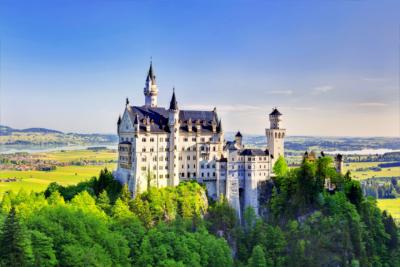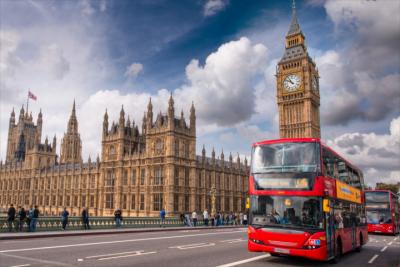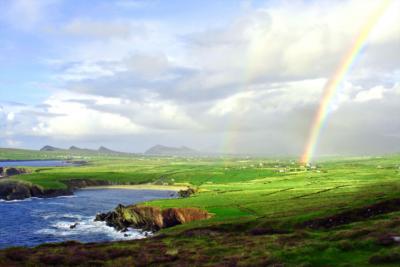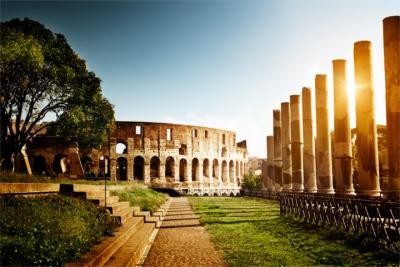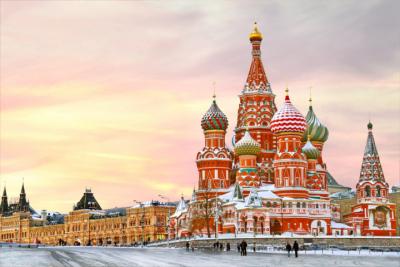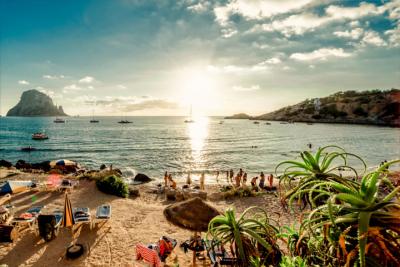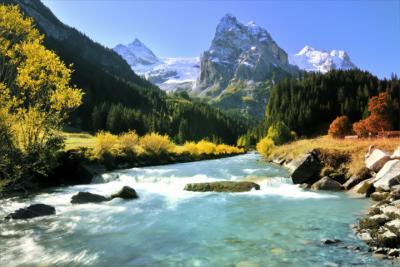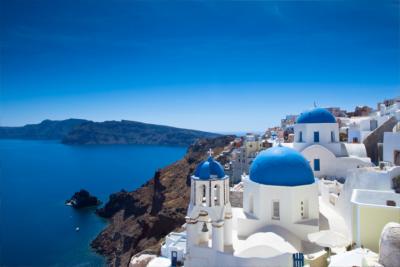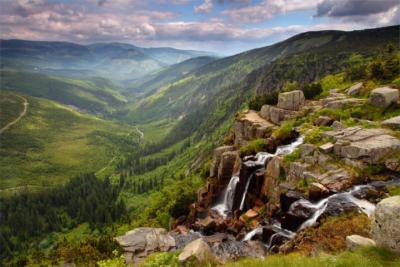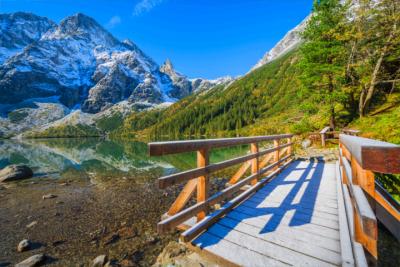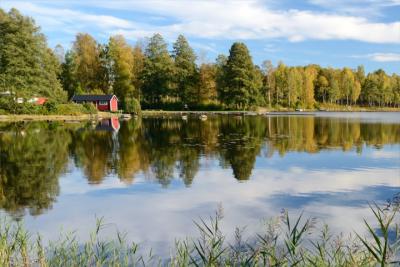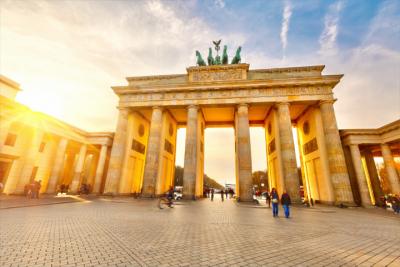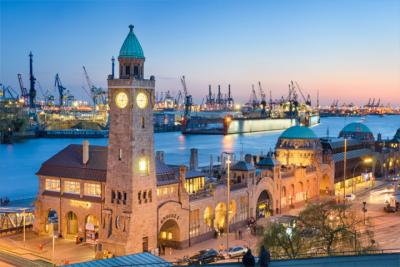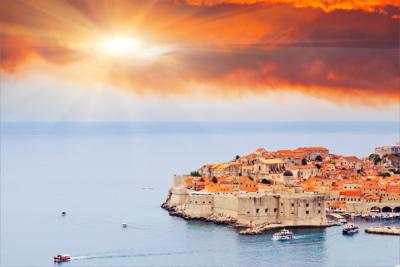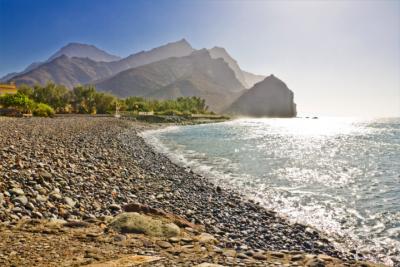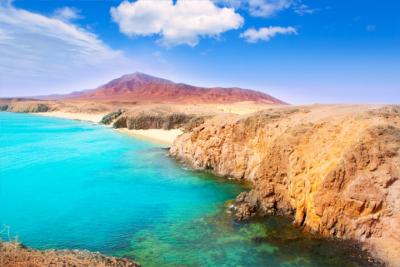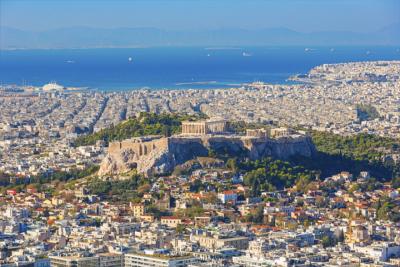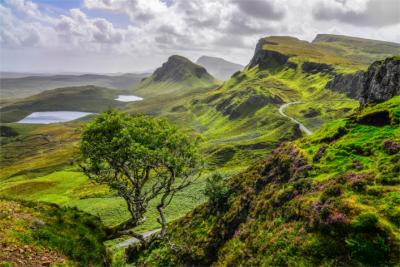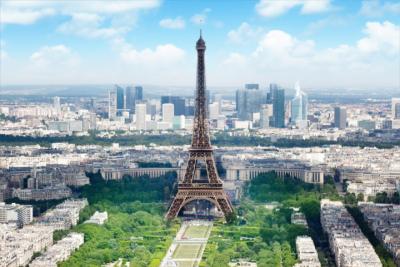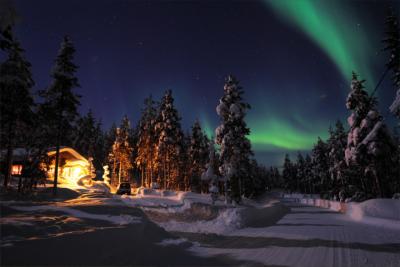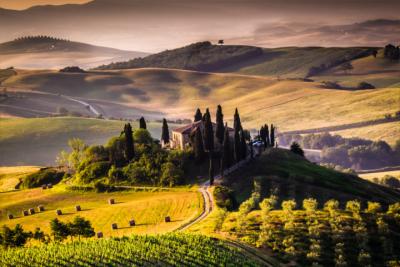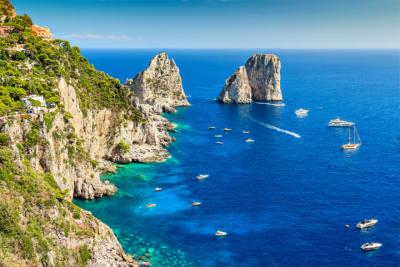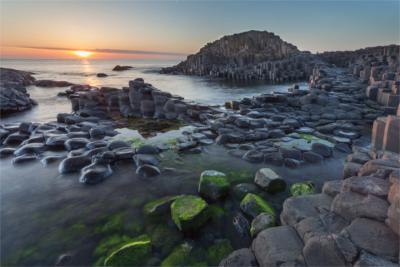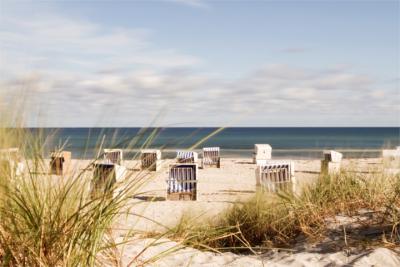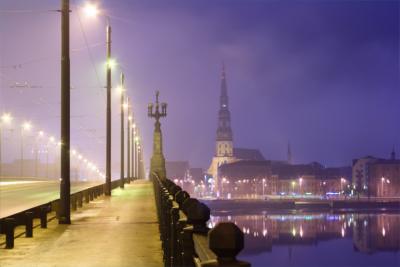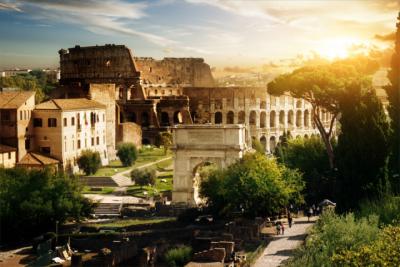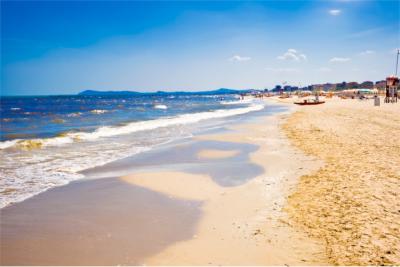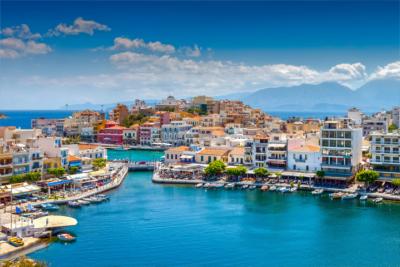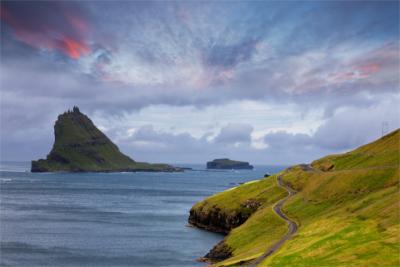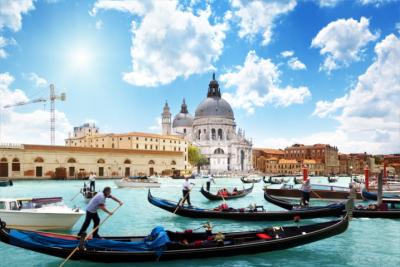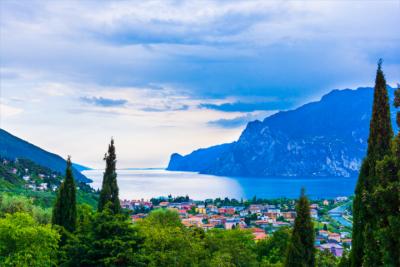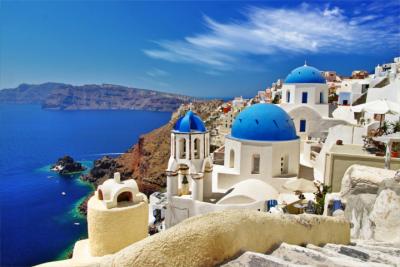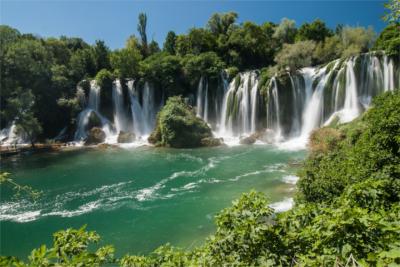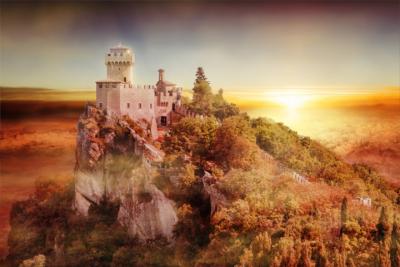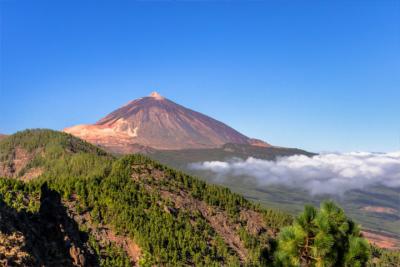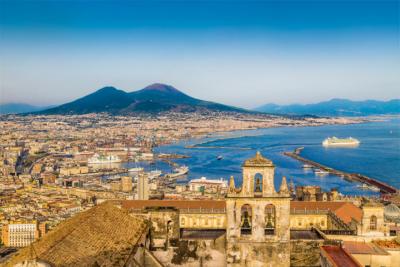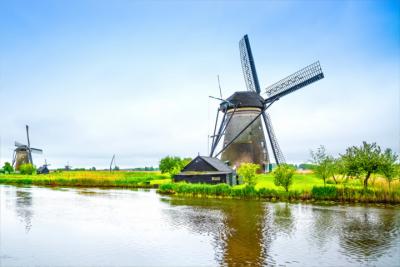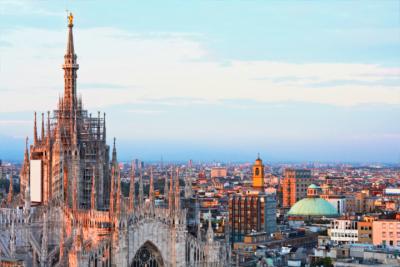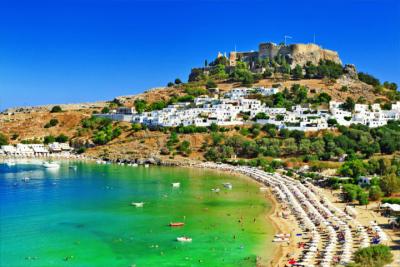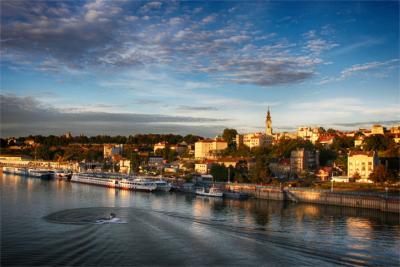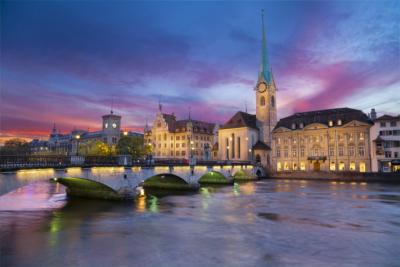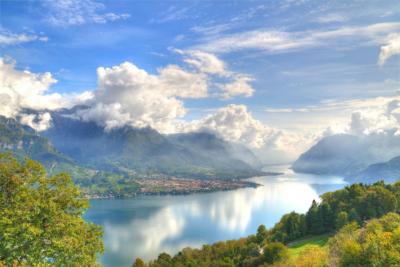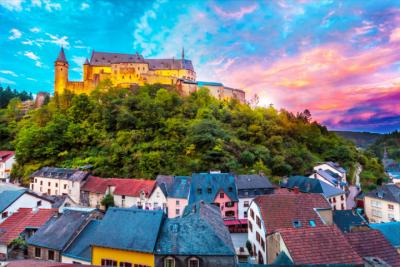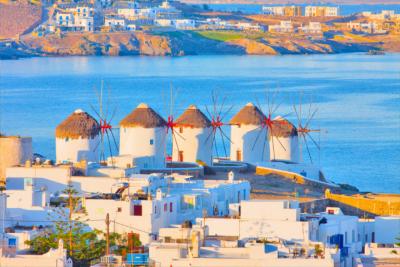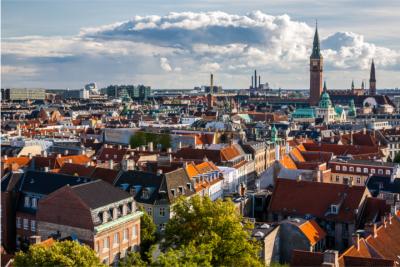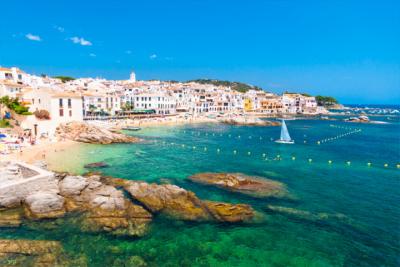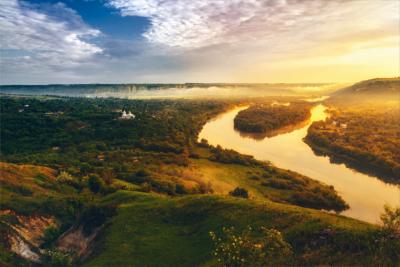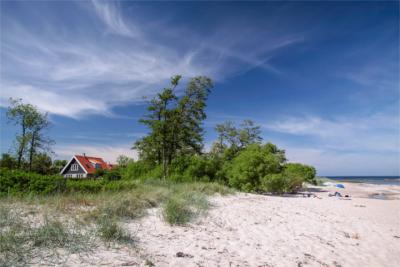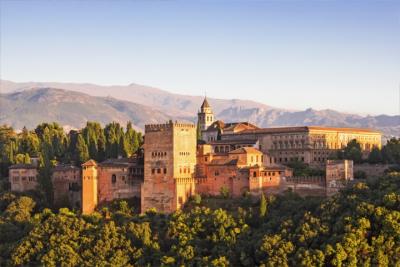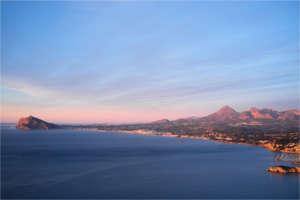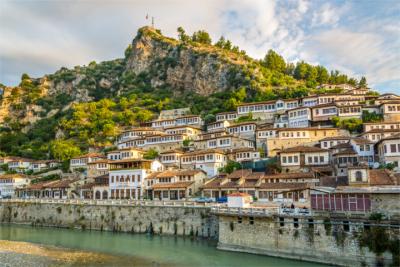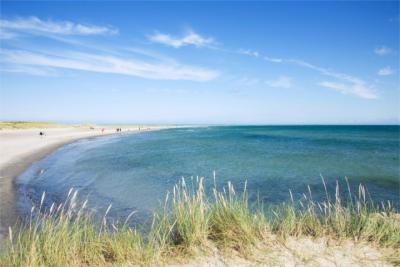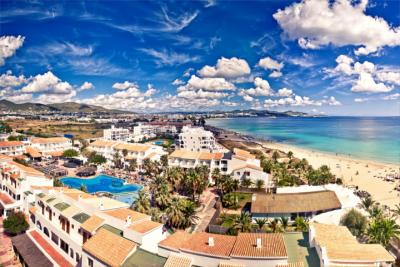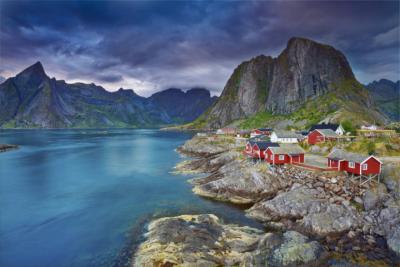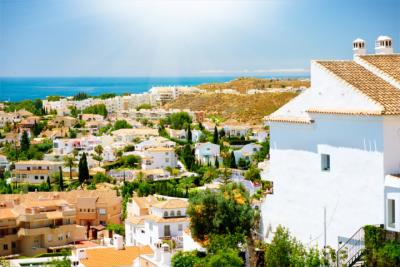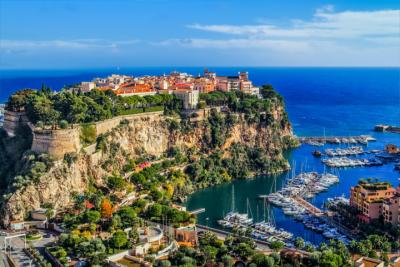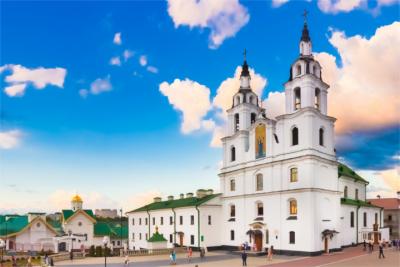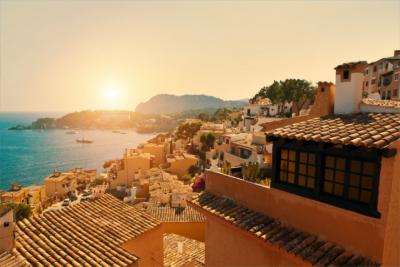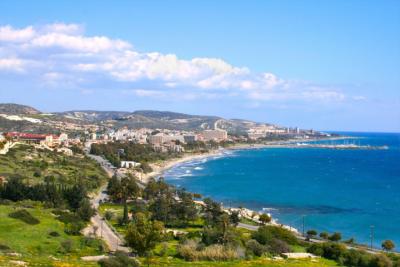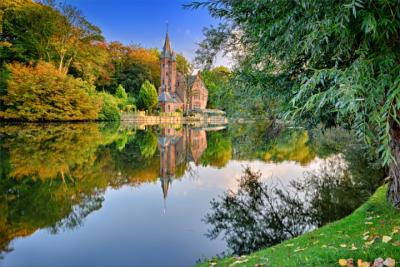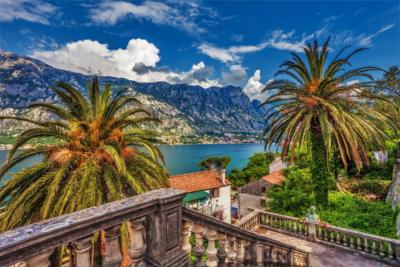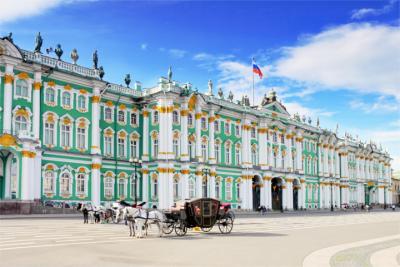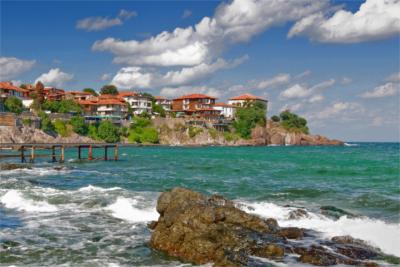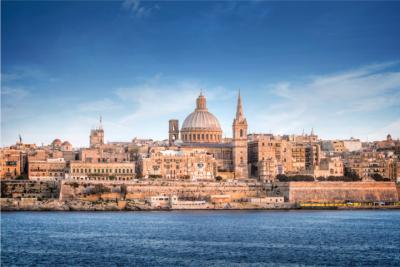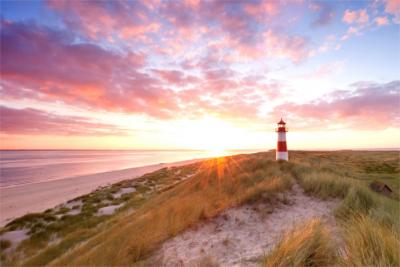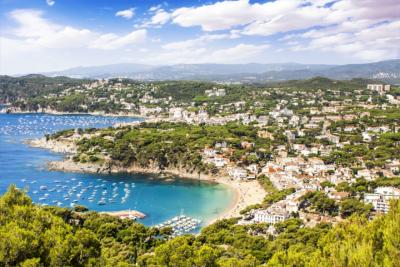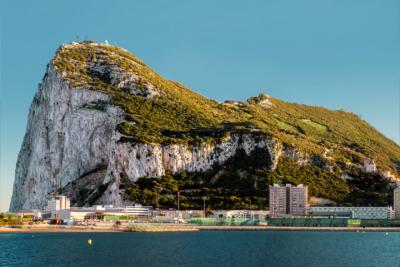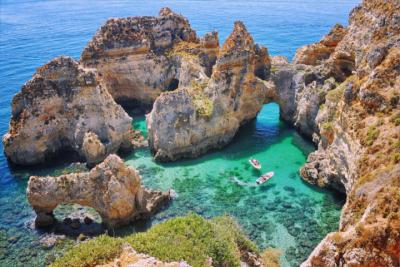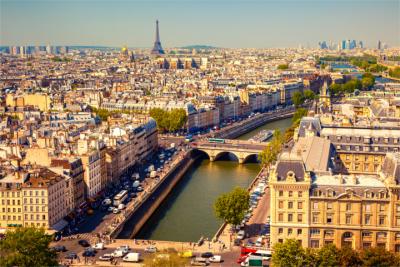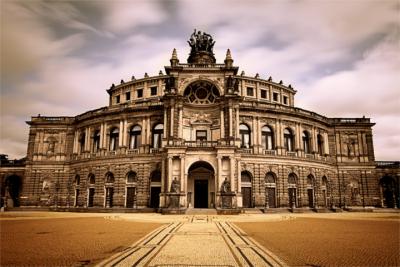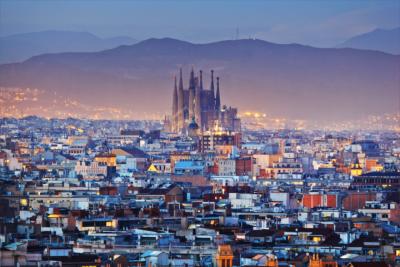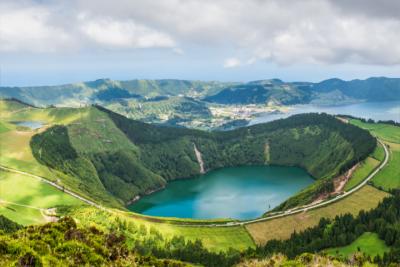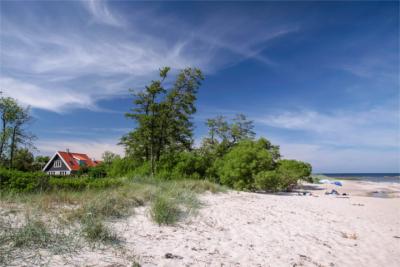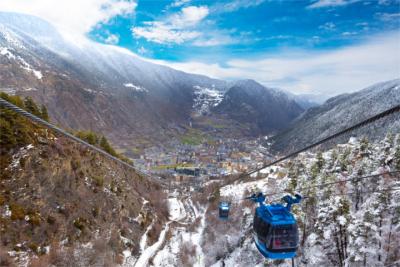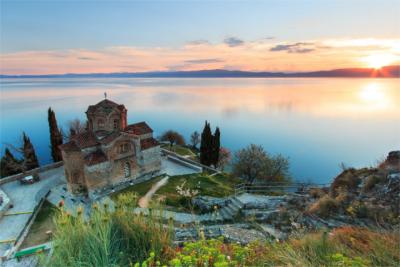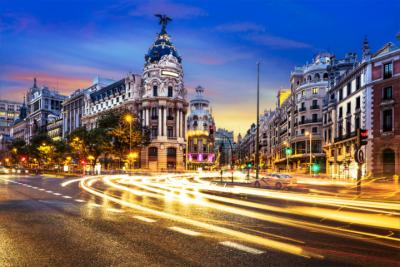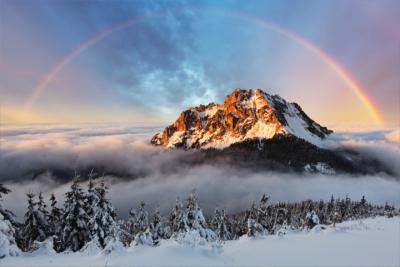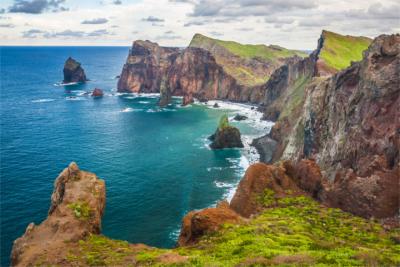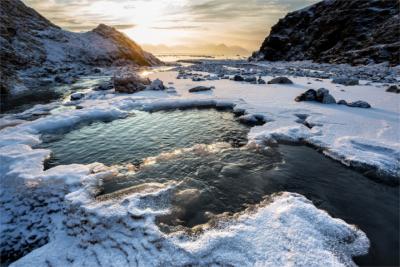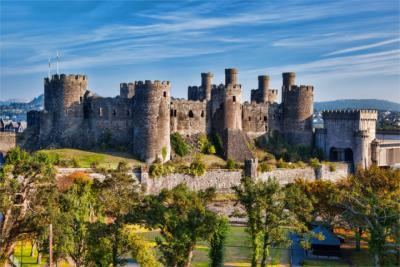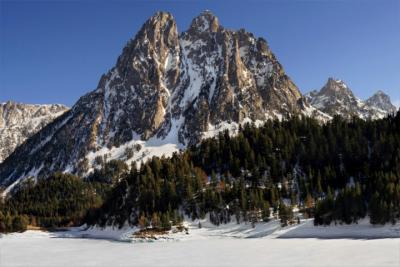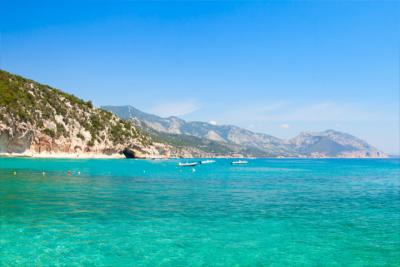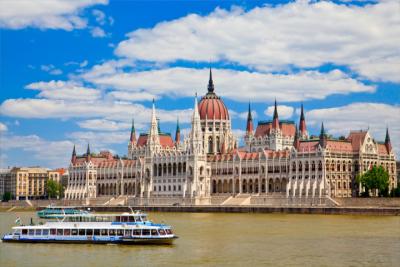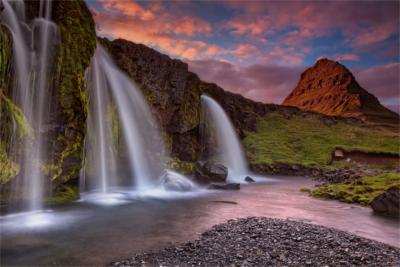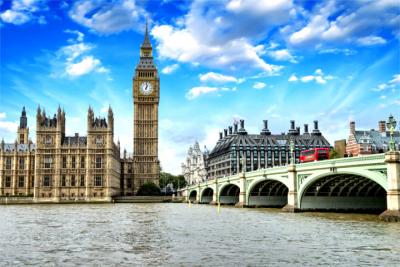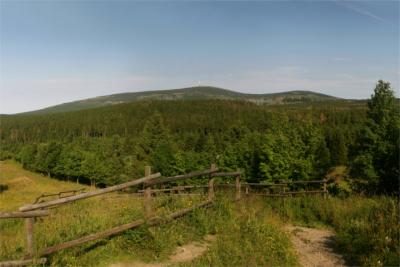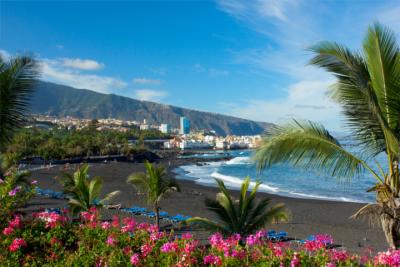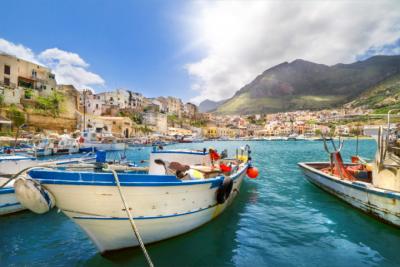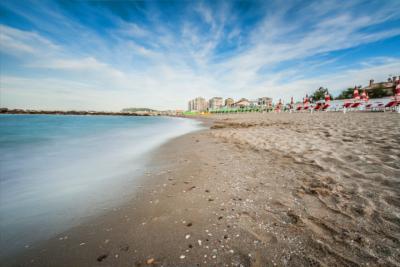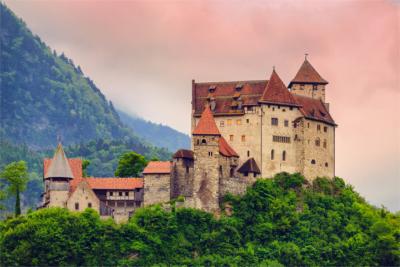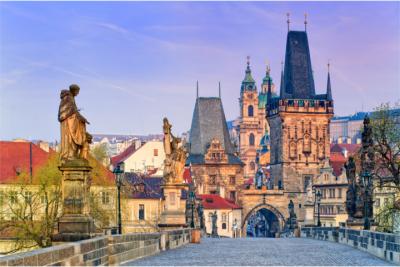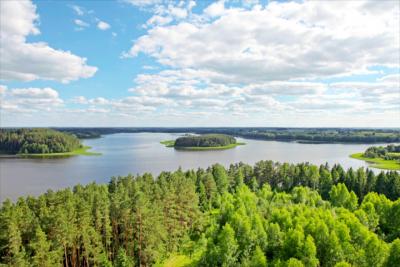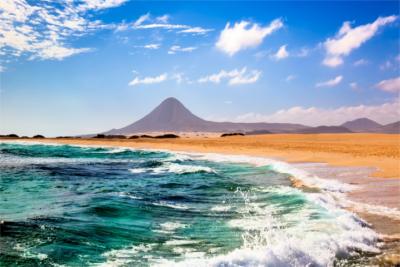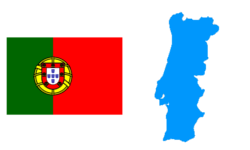Travel Offers
Travelmyne Featureprint
Distance
Portugal - The Land of Everlasting Spring
Choice vines string together along the vineyards of the Doura, ochre-coloured rock formations form an interesting contrast to the turquoise water of the Atlantic Ocean and above all this you hear the melancholy sound of the Fado. Portugal is a country of contrasts, which is rich in natural beauty.
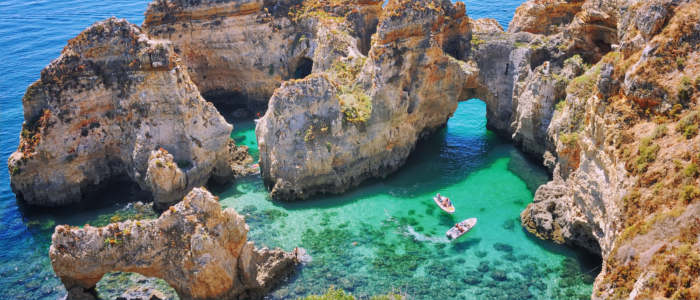
Geography - Always warm with a fresh breeze
Portugal constitutes the western part of the Iberian Peninsula and borders on Spain in the north and east on an area of 1,214 kilometres. In the south and west, it is enclosed by the Atlantic Ocean. Politically speaking, the autonomous island regions Madeira and the Azores also belong to Portugal. The administrative division of the country is very complex. Portugal is divided into 18 districts, which again consist of hundreds of counties and thousands of communities. More simply, Portugal can be divided into five greater regions: Northern Portugal (Norte), Central Portugal, Alentejo, the Algarve and the area around the capital Lisbon. Due to the mild climate throughout the year and the resulting diverse flora, Portugal is also called the Land of Everlasting Spring. While the country's south is popular because of its many hours of sunshine and the light breeze during the hot summer months, the north is somewhat colder and very humid. Therefore, the northern region is also called the "Green garden of Portugal".
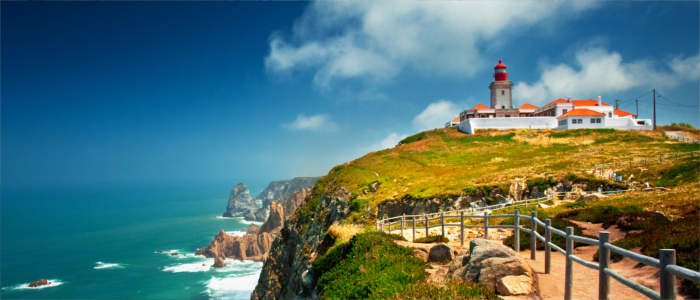
Nature - The hilly homeland of port wine
The tourists' favourite is without doubt the Algarve in the south. This attractive southern coast with steep rocks and wonderful beaches allures countless holidaymakers and sun-worshippers every year. Alentejo, which is another region in the south, is mostly dry and hot. Endless corn fields dominate the landscape. Portugal's central area is considerably more hilly. In the mountainous region of the Serra de Estrela you find Portugal's only skiing area. The highest mountain is the Torre, which is 1,993 metres high. Wine, sun flowers and different types of vegetables are grown in the fertile valleys. In the north-east, you see the Peneda-Gerês National Park in the massif of the same name. It contains untouched forest regions with holly oaks and chestnuts. The north is very fertile and suited for vine cultivation. This region is also vegetated by olive trees and stone pines. Portugal's fauna hardly differs from that of Spain. Typical animals are geckos, chameleons and scorpions.

Natural sights - From the forest to the beach and to the end of the world
The forests of Sintra are a truly magical phenomenon. Forested hills, hidden monasteries and castle ruins invite travellers to take a walk and have a picnic. The forest on the Serra do Buçaco in Coimbra is not a forest in the proper sense. Monks laid out this old tree culture centuries ago and have benn taking care of it ever since. Fans of Asterix and Obelix will enjoy the region around Évora. Countless megaliths, which remind of the Gauls' menhirs, string together and have not revealed their mystical secret yet. It is not clear who put these stones there and what ritual meaning they have. The south-westernmost point of the European mainland is located above the cliffs of Cape St. Vincent (Cabo de São Vicente). This cape accommodates a great lighthouse, a castle and the maritime museum. Portugal is known for its incredible beach backdrops. Besides the long golden beaches on Tavira Island (Ilha de Tavira), the bizarre cave beaches of the Ponte da Piedade at the Algarve are popular photo scenes.
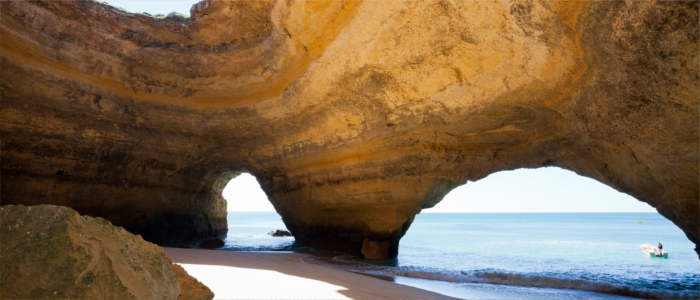
Culture - The melancholy of the Fado
The first settlers already arrived on the territory of present-day Portugal 500,000 years BC. Since then the country has been contested, controlled, populated and restructured several times. From the 8th century BC on, the Phoenicians settled in Portugal, followed by the first Greeks. In the 6th century BC, the Celts started to arrive and shortly afterwards, they were joined by the Lusitanians. The Moors ruled the country from the 8th century to the point at which Portugal became a crown colony. An important break in the country's history is the 1755 Lisbon earthquake, during which a major part of Lisbon was destroyed. You can still see traces of this catastrophe. The Portuguese do not share the light-hearted mentality of the southerners. Instead, they have coined the term "saudade". This Portuguese yearning can best be compared with the melancholy mood of Weltschmerz as the word as such cannot be translated. The best way of expressing this feeling are the songs of the Fado. Nevertheless, the Portuguese are very sociable, especially when it comes to food. They are also very friendly and helpful towards foreigners and visitors.
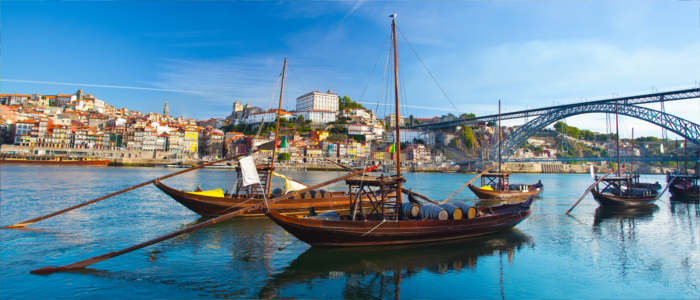
Cultural sights - Travelling through time
The capital Lisbon is a mirror of the country's history and definitely worth a visit. Every visitor should have taken at least one ride on the yellow funicular through the city's narrow alleys. Beautiful destinations are the district Alfama with its winding paths and taverns as well as its emerging art scene. Romantics should leave Lisbon's gate behind and set off to Porto. The beautiful pedestrian zone, the UNESCO district Ribeira and the bridge are this city's landmarks. Medieval charm is present in the university town Évora in Alentejo. Its town wall and cathedral make bygone times come alive again. The country's oldest university, however, is located in Coimbra. Travellers who want to get to know Portugal's rural side should visit the historical villages of Beira or the scenic village Castelo de Vide near Marvão.
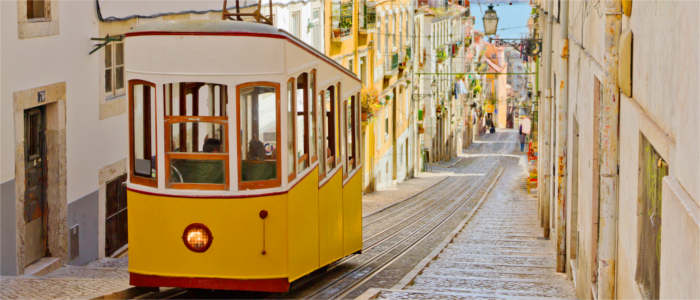
Experience - Cataplana and a glass of port
Cataplana is the name of one of the best Portuguese dishes. As in most Mediterranean countries, seafood and fish play a major role in Portugal's cuisine. The cataplana contains different types of shellfish, which have been stewed in wine and tomatoes with a lot of garlic. People who have a sweet tooth also get their money's worth here. The pastel de nata is a delicious egg tart with a pinch of cinnamon. One thing is particularly exquisite in Portugal: the wine. On a wine tour through the Doura Valley - probably the world's oldest proven wine region - visitors learn all about the production and magic of the heavy port wine. It is one of the most popular souvenirs beside the marzipan from the Algarve and the beautiful ceramic ware. You find great shopping centres in Lisbon such as the Armazens do Chiado and the Amoreiras. Furthermore, the Barcelos market in the Minho region and the Rua Santa Catarina in Porto are definitely worth a visit.
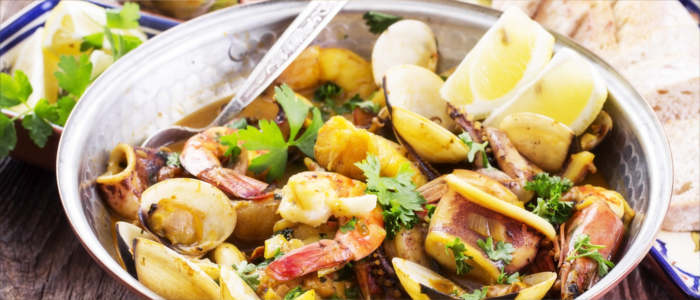
Activities - A paradise for beach lovers
The pleasant weather all year invites travellers to go bathing, swimming and do various kinds of water sports in a number of locations. Surfers get their money's worth at the coast in front of Sagres and divers find impressive rugged underwater caves around the Algarve. Portugal also offers great conditions for going fishing. You can wait for the catch of the day and enjoy the quiet at the beach, on the cliffs or on a boat in the Atlantic Ocean and on the great rivers. Visitors can go on a boat trip on the Douro with the Rabelo boats. If you prefer a bit more action, you can go white water rafting along the Minho River (Rio Minho) or the Paiva River (Rio Paiva). Cycling, hiking and horseback riding are possible in the Peneda-Gerês National Park. The climbing area Sagres is still an insider tip. The area around the peak of the Torre is the country's only winter sports region but it is relatively well developed. Four ski lifts take visitors to the pistes, which are about eight kilometres long.
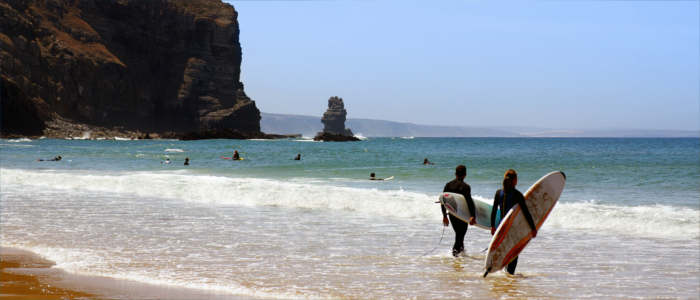
Information
Portugal is a great travel destination with pleasant temperatures at any time of the year. Especially in the south temperatures can often reach over 40 °C in the summer months. Travellers should make sure they put on sun screen, particularly when they go into the sea. Portugal can be reached by plane, train or car. For a memorable experience, you can also arrive on a cruise ship or your own yacht.
Portugal is a history-charged nation with extraordinary people and a remarkable culture. Its landscape is a must for every lover of nature and active holidaymaker.

